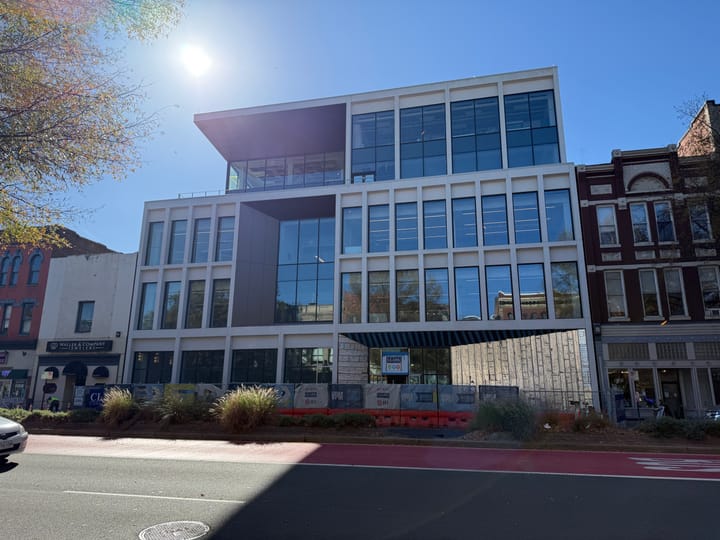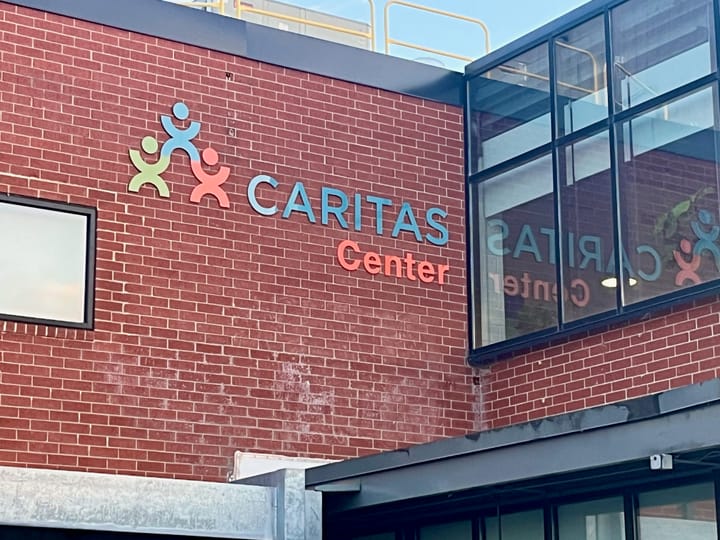At Richmond’s Mexican restaurants, ‘White sauce’ joins salsa as a tableside staple
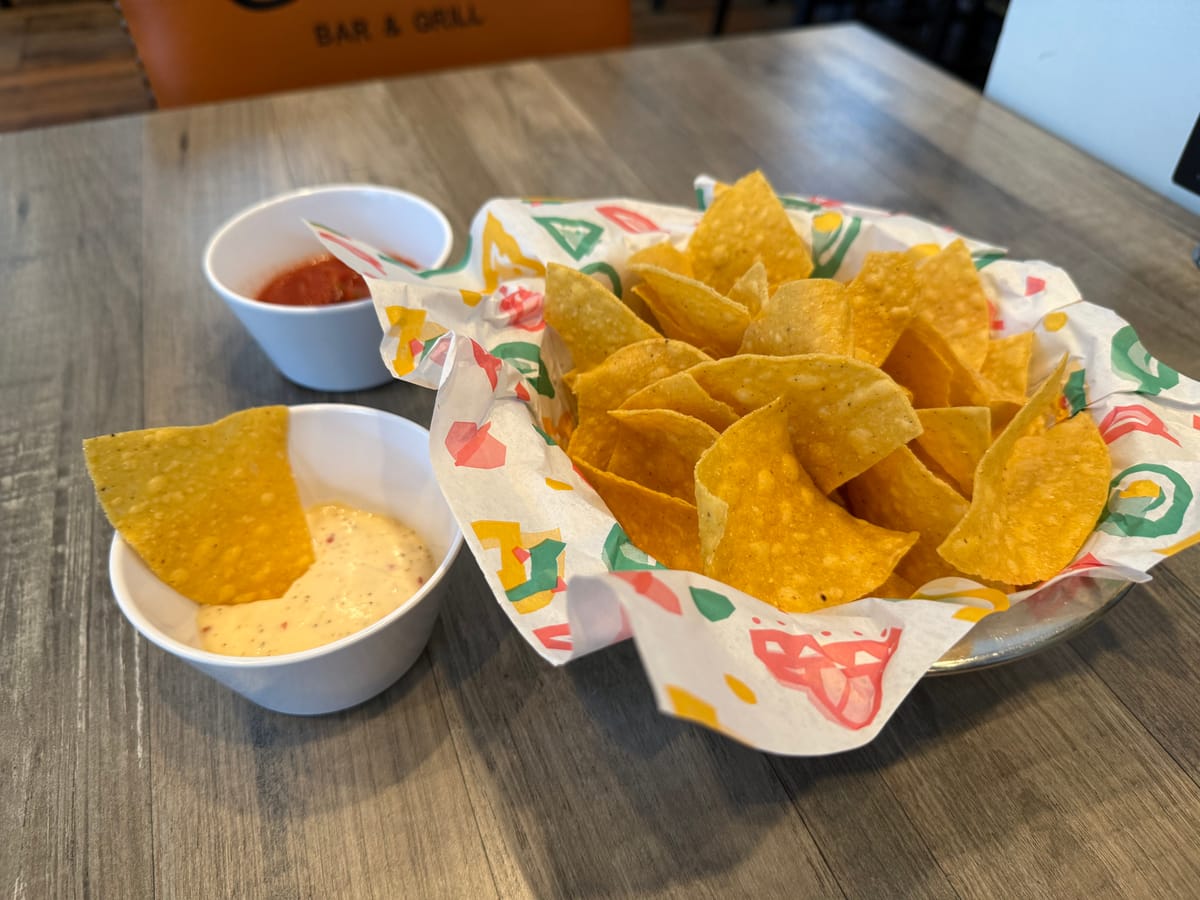
Move over Tex-Mex, Virginia’s Mexican food scene has its own defining quality.
Mexican restaurant frequenters are familiar with the complementary basket of chips and bowl of red salsa that comes before the main course. Diners from the Southwest might be familiar with the choice between two sauces: red or green chili.
But customers at Richmond’s longtime staple, La Siesta, remember three: red, green, and the regionally-acclaimed white sauce.
The white sauce, or salsa blanca, is a Virginia staple, one so strong that it brings travelers, food writers and Mexican food lovers to the Commonwealth to see their own take on the sweet, spicy and creamy chip dip.
Michel Zajur, former owner and manager of La Siesta and founder and CEO of the Virginia Hispanic Chamber, said it was born out of a desire to bring his family’s cuisine to the city, and that people quickly caught on.
“The hospitality is when someone comes, you give them sauce and chips,” Zajur said. “People loved it, and we started selling it in the grocery stores. And, I mean, today, people still ask for it, you know, we've made it in a few batches and sent it for Christmas or something.”
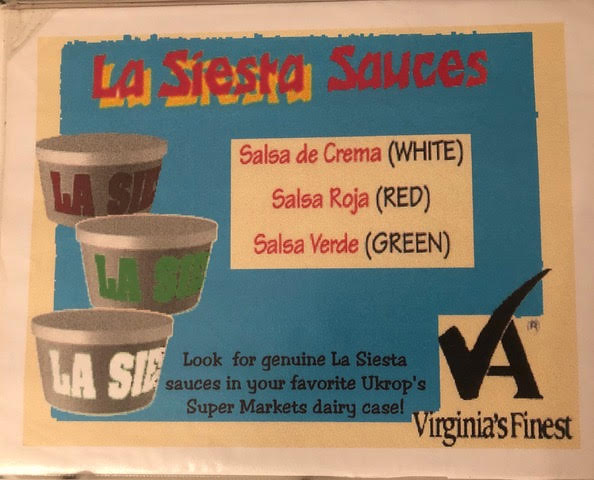
Zajur said he didn’t realize just how unique his family restaurant’s white sauce really was until he founded the Virginia Hispanic Chamber (born out of the community building that originated at La Siesta).
“I went out to lunch with someone and he said, ‘You know, I ate Mexican food all over the country,’” Zajur said. “And he said, ‘Nowhere else, but in this area, have I seen white sauce on the table.’”
Others also claim to be the first
The origins of white sauce are not completely agreed upon. An article published in the Virginian-Pilot in 2019 reported that the sauce originated in Hampton Roads. A couple months later, it became clear the story was less straightforward than the newspaper expected.
“When they wrote that article, I was like, you know, they had it all wrong, but they didn't know,” Zajur said.
Another article attributes the sauce’s origins to El Toro in Norfolk, claiming the sauce got its start there in the 1960s.
According to Zajur though, these dips are all different. Some of them use ranch dressing, an ingredient he attributes to La Siesta having amelita dip, a ranch-style spinach dip that may have confused copy-cats. Others claim that the sauce just evolved over time, as local restaurants adapted to fit the demand, and the intrigue, in their local staple.
In Norfolk-area restaurants, one of the main ingredients is Miracle Whip, while many Richmond-area restaurants use sour cream.
The evolution of white sauce
Eric Mejia started working at Pepe’s in Midlothian as a dishwasher. When he started at the restaurant, the two brothers who founded it — Paulo and Nelson Benavides — taught him the recipe for their white sauce, something they put out with red salsa and complimentary tortilla chips. Now, 15 years later, Mejia is part-owner and manager, and people still ask for the sauce.
“I just met someone from Pennsylvania, like 30 minutes ago, and he said it was the first time eating that white salsa, because they don't have it there, yeah? So I told him it's a Virginia thing, so he's happy. He said he liked it, he enjoyed it. He's not from here, so he will come back tomorrow and all this week to keep eating it, because he loves it,” Meijia said.
The flavor is unique, to say the least.
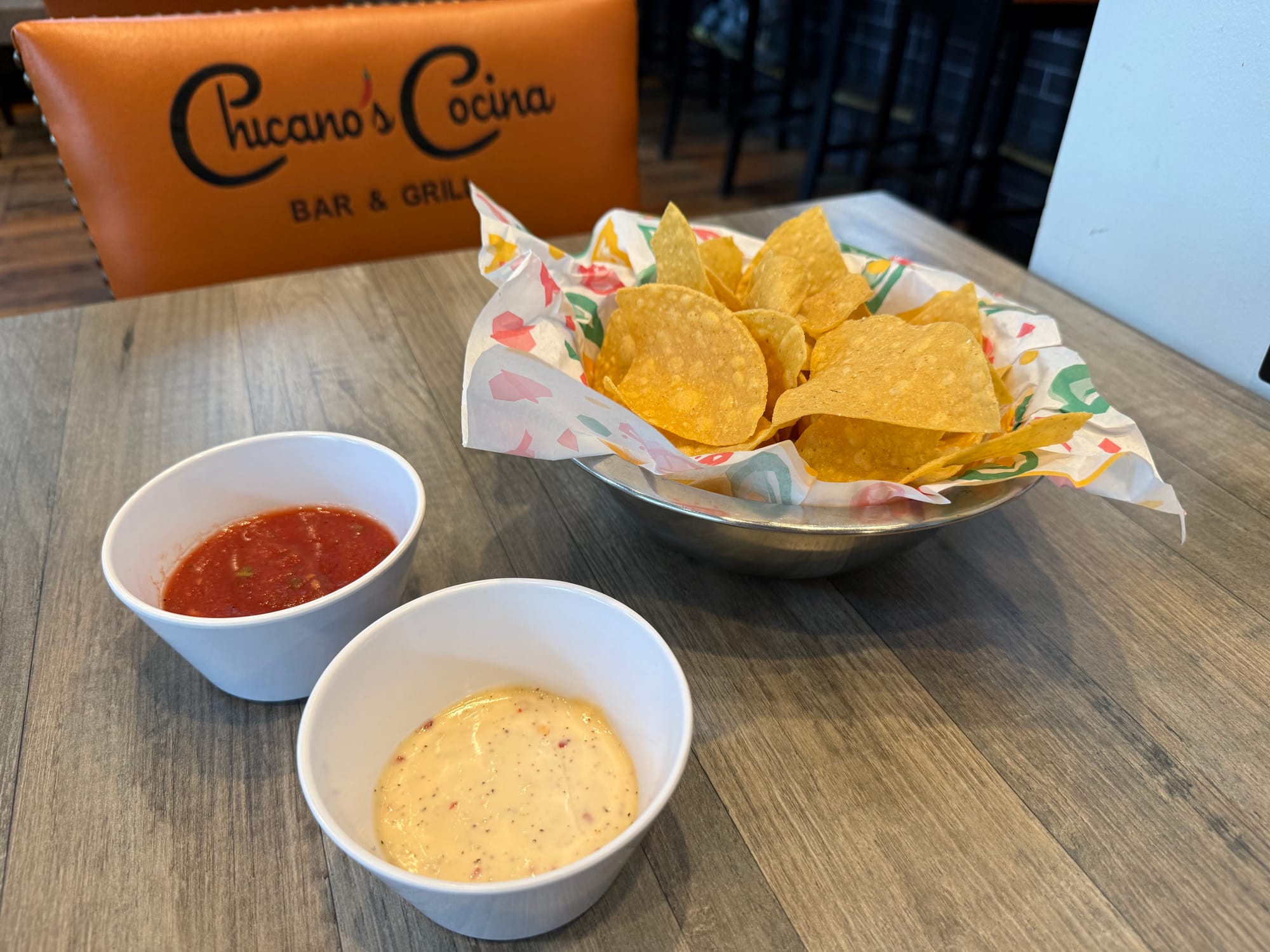
Mejia loves the sauce because of its complex flavor profile, “because it has like that flavor, you know, sweetness, sour and spicy at the same time.”
At Pepe’s it is made with sour cream, milk, sugar, vinegar, jalapeños, garlic, black pepper, cumin and chile de arbol. Mejia wouldn't say the exact amounts of the ingredients. El Toro uses many of the same ingredients, but also Miracle Whip, oregano and red pepper flakes.
When Zajur’s family, and their white sauce, got its start, there were around 5,000 documented Hispanic residents in the greater Richmond area.
Their foray into restaurants started with a diner car across from the Defense Supply Center in Chesterfield. Before they opened shop, Zajur said, there was no authentic Mexican food in Richmond. Zajur convinced his parents to start with one plate, and build up.
Now the fastest growing demographic in the state, the Richmond metropolitan area has increased to around 103,000 Hispanic residents. Along with the growing population has been a surge in the number of Mexican food options, awareness of Mexican food and growing spice tolerance.
Integral to this Virginia-Mex food landscape? The white sauce.
“Yeah, yes, people say Tex-Mex, but I don't think it's Tex-Mex. I'll say both, yeah, Mexican Tex-Mex,” Mejia said.
Contact reporting intern Juliana Vandermark at jvandermark@richmonder.org.
The Richmonder is powered by your donations. For just $9.99 a month, you can join the 1,000+ donors who are keeping quality local journalism alive in Richmond.


